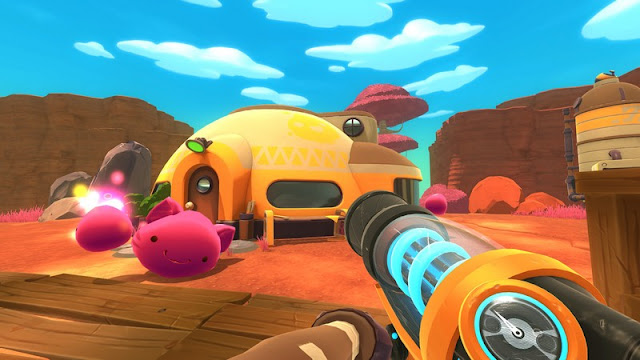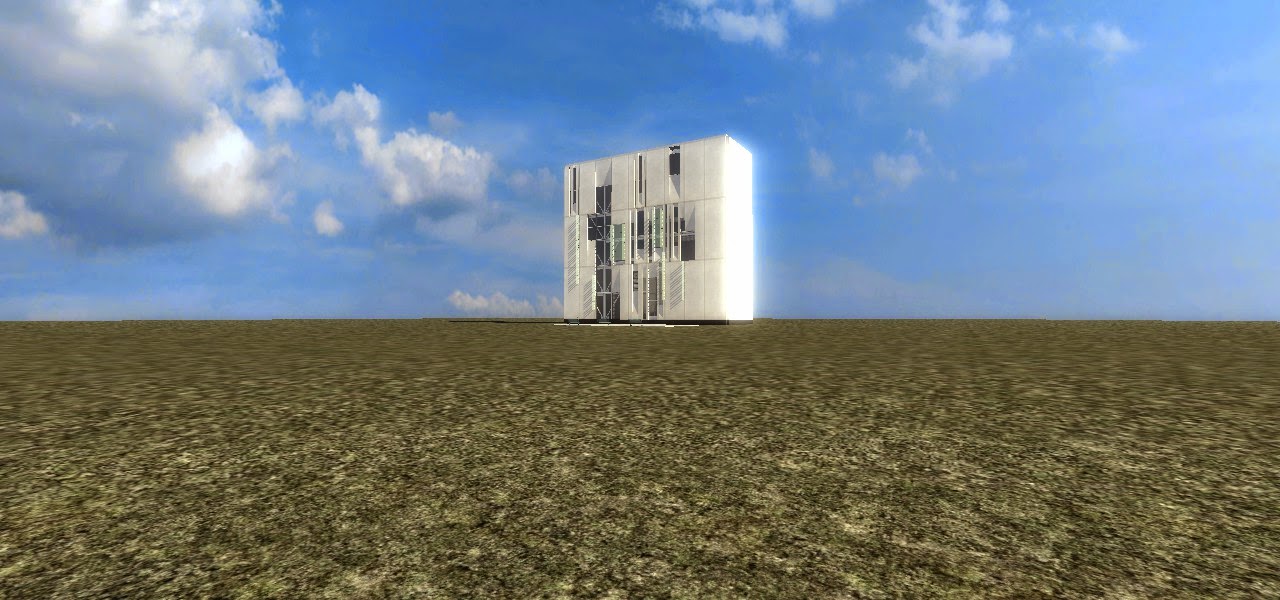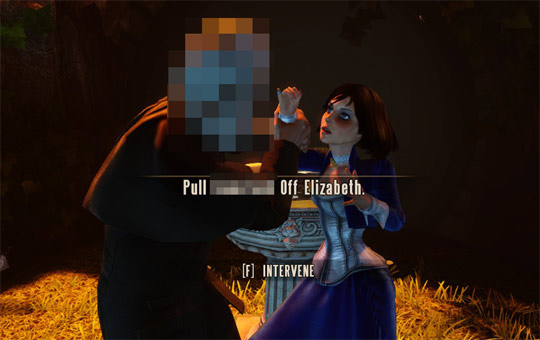One in-game day in Slime Rancher, I found a rare "quantum slime", a creature that pooped out "quantum plorts" that I could sell for a lot of in-game money. To make a huge profit, I intended to raise a few on my ranch in captivity, and then collect their precious poop to sell in the market.
To maximize your slime
This is where Slime Rancher's other big system comes in, a cross-breeding mechanic that allows you to merge two slime types together. If you feed a slime with the poop from another slime, it will become a hybrid "largo" slime that inherits both types' diets and other properties, and it will poop out both types of plorts at once when it eats something. Two poops for the price of one! When you do this on purpose in Slime Rancher, you feel like a genius.


















